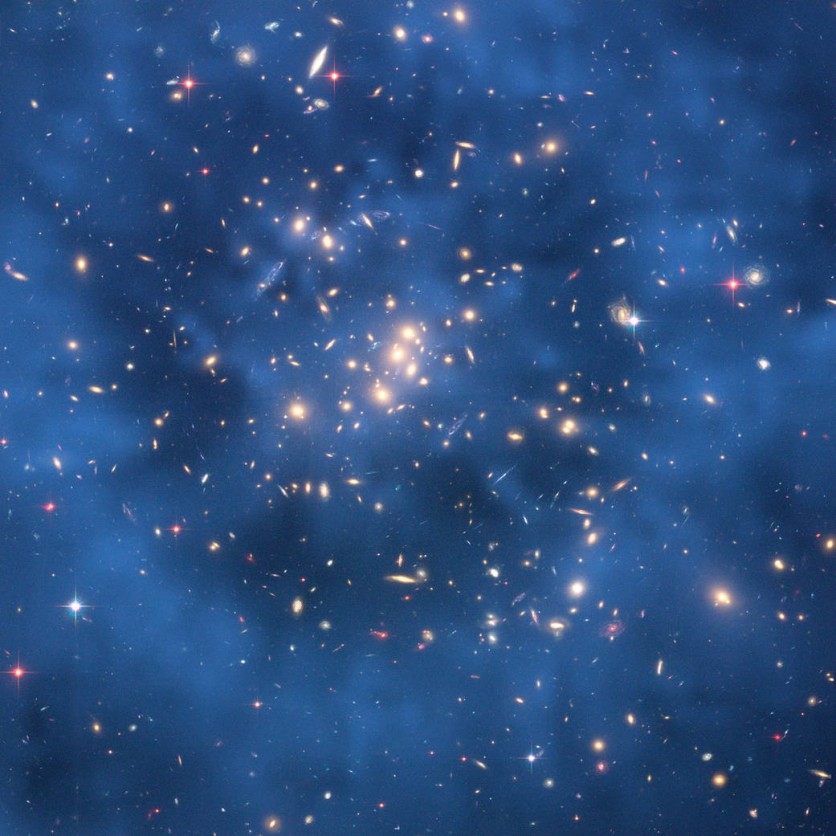Direct detection of dark matter has not been successful. However, a group of physicists has suggested a novel approach that could finally capture clumps of dark matter!
Ultra-sensitive gravitational wave detectors might be able to pick up a faint effect from dark matter clumps that periodically pass through the solar system, according to physicists.

Detecting Dark Matter
There are many different types of indirect evidence available to astronomers that dark matter exists. The construction of the greatest structures in the universe, as well as the rotation curves of galaxies, all point to the existence of a brand-new type of basic particle that rules the universe.
However, all laboratory tests conducted on Earth to directly detect dark matter have been ineffective. These unsuccessful tests could be caused by the possibility that dark matter could be clumpier than previously believed.
The premise behind direct detection investigations is that dark matter is evenly dispersed throughout each galaxy. Theoretically, dark matter may instead condense into spheres the size of a typical solar system, according to several simulations.
Universe Today noted that this wouldn't matter much at big sizes such as the rotation curves of galaxies, for example. But at small scales, it would be very important.
Read Also : SpaceX Falcon Heavy to Launch NASA's Roman Telescope for Dark Matter, Exoplanets, and MORE
A Novel Detection Method
According to a recent study, a group of physicists intends to use this trait to create a novel detection method. A roving clump will gently nudge all of the regular matter orbiting the Sun as it travels through the solar system. This applies to the material contained in gravitational wave detectors.
The physicists suggest that a gravitational wave detector, which is capable of detecting frequencies up to a microhertz, could locate a dark matter clump once every twenty years.
"In this work, we studied the sensitivity of Gravitational Wave detectors with test masses located in the inner Solar system the passage of dark clumps. One particular realization of such clumps may be Dark Matter (DM). Given our present (lack of)knowledge of the nature of DM, it is entirely plausible that (some fraction) is in the form of such exotic objects," the researchers wrote in the paper.
It is worth noting that ultra-high precision interferometry is used by gravitational wave detectors to identify dynamic strains brought on by space-time disturbances caused by catastrophic cosmic events.
In the past 20 years, kilometer-scale interferometers have been constructed and improved to reach this previously unheard-of level of measurement accuracy.
Hence, the detector's capability of detecting cosmic events with great accuracy could potentially capture dark matter.
Several Drawbacks
According to Universe Today, the proposed strategy has several drawbacks. First is that those frequencies are not yet covered by gravitational wave detectors. Second, it is assumed in the computations that practically all dark matter exists in clumps the size of the solar system.
Universe Today further noted that the probability that a gravitational wave detector will locate dark matter also decreases if it clusters differently.
But until then, we will look forward to finally capturing dark matter.
Related Article : Research Into Neutrons Confirm Real-Life Portals? Scientists Found No Evidence of Parallel Universes
This article is owned by Tech Times
Written by Joaquin Victor Tacla
ⓒ 2026 TECHTIMES.com All rights reserved. Do not reproduce without permission.




